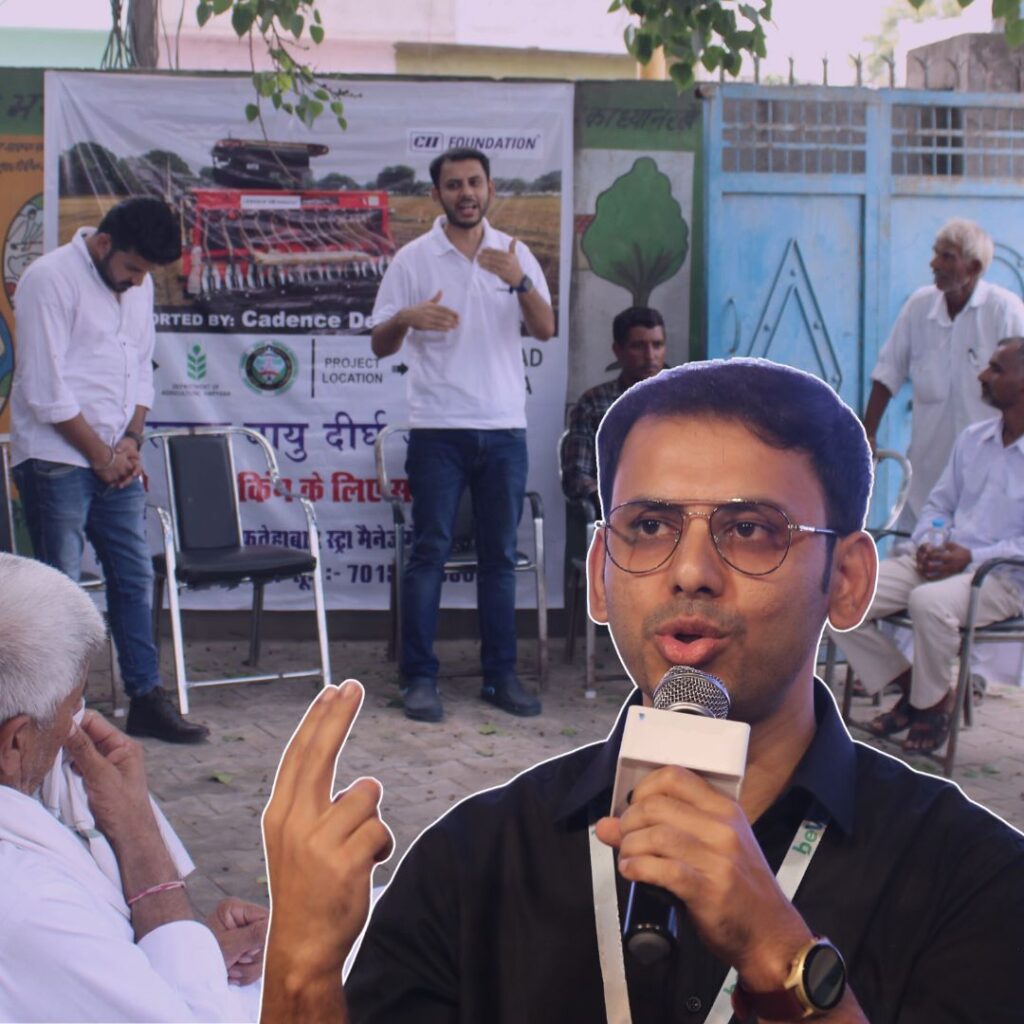January 8th, 2020 / 7:48 PM
/ Updated 23 hours ago
Image credit:Wikipedia
In a drought-ravaged part of South Australia, leaders have ordered to cull up to 10,000 feral camels by an army of shooters from helicopters. Aboriginal officials took the decision in the Anangu Pitjantjatjara Yankunytjatjara (APY) lands.
The culling comes in the wake of the increasingly dry conditions in South Australia’s remote north-west region.
Culling is a practice of segregating organisms from a group according to desired or undesired characteristics and then reducing that population by selective slaughter.
The camel population has dramatically increased in the region and has become a nuisance as they seek water. The community of Kanypi is one of many to be invaded by feral camels recently as the parched pests search out scarce water.
This has resulted in significant damage to infrastructure and is a threat to families and communities in the Anangu Pitjantjatjara Yankunytjatjara (APY) Lands, according to the South Australian Department for Environment and Water (DEW).
According to the DEW estimate, 10,000 camels are flocking to water sources, including tanks, taps and any available water.
“It gives us an opportunity to get them while they’re all together because generally they’ll go and move around the desert in smaller herds,”ABC Newsquoted APY Lands manager Richard King as saying.
Camels can smell water from 5 kilometres away, he stated.
“So while they’re all together it’s a great time to have a cull and clean out some of the animals that are destroying some of our native vegetation,” he added.
“Even the moisture that your air conditioner generates will attract them, and when you’ve got four or five animals really wanting water — they’re quite capable of breaking air conditioners.”
The cull would provide a buffer zone so communities and children were protected, he opined.
Netizens have taken to twitter to express their annoyance.
Seen two articles today with regards to combating global warming:
One is culling 10,000 camels in Australia, basically because they drink too much.
The other is genetically modifying trees to prevent air pollution.
We’re seriously blaming the plants and animals?!
— Ꮆ乇乇乃ㄚ ㄚㄩ (@GeebyYu)January 7, 2020
Hi everyone. Like you, I want to support the fight against the bushfires here in Australia. My family and I are contributing a million dollars. Hopefully you guys can chip in too. Every penny counts so whatever you can muster up is greatly appreciated.https://t.co/KcBpMe7QvYpic.twitter.com/gYuA4LELZM
— Chris Hemsworth (@chrishemsworth)January 7, 2020
More than 1.2 million feral camels can be found in Australia presently.
The cull operation will begin this Wednesday and is expected to continue for five days. Professional shooters have been hired for the same.
There is also speculation that the animals might be contributing to global warming in the form of methane emissions. This is estimated to be equivalent to a tonne of carbon dioxide a year- a quantity equal to an additional 400,000 cars on the road.
It has been reported that the camels will be killed away from the community and the carcasses burnt in a couple of weeks when they are dried off.
According to a DEW spokesperson, the operation will be undertaken abiding by the highest standards of animal welfare.
IN 1840, Camels were first introduced to Australia. An estimated 1 million camels were roaming parts of Western Australia, the Northern Territory, South Australia and Queensland, by 2008, as mentioned in the latest Australia State of Environment Report (ASER).
The camel population has now risen to around 1.2 million despite culling efforts between 2009 and 2013.
Also read:Legacy Lives On! Animal Enthusiast Steve Irwin’s Family Rescues 90,000 Animals From Australia Bushfires
Contributors
Written by : Aditi Chattopadhyay (Intern)
Edited by : Shweta Kothari












